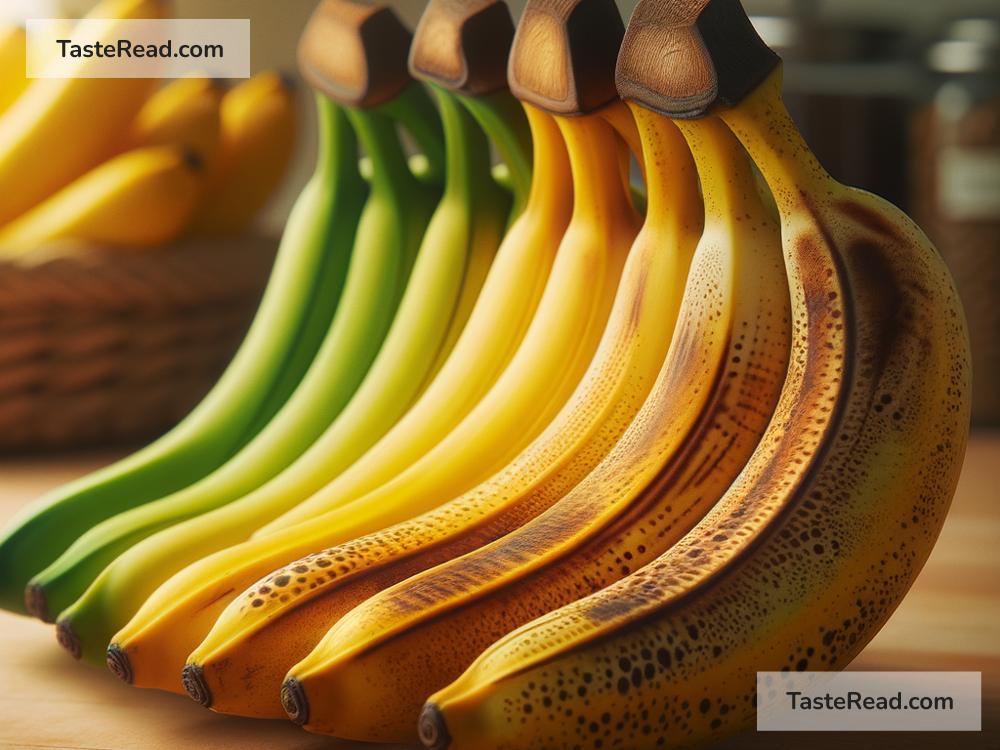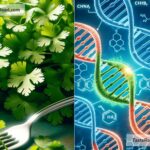The Science Behind the Banana’s Ripening Process
Ever wondered why bananas turn from vibrant green to sunny yellow and then to spotted brown? This transformation is fascinating and involves a blend of natural chemistry, plant biology, and complex environmental factors. At its core, banana ripening is a natural process that ensures the fruit becomes sweet, nutritious, and ready to eat. Let’s take a closer look at the science behind this everyday miracle.
What Makes a Banana Ripen?
Bananas, like many fruits, go through a ripening process to become tastier and edible. This process is driven by a plant hormone called ethylene. Ethylene gas is a small molecule that bananas produce naturally. It’s often referred to as the “ripening hormone” because it kicks off a cascade of biological changes that soften, sweeten, and color the banana.
When bananas are first harvested, they’re often firm, green, and starchy—far from the creamy sweetness we enjoy when they’re ripe. These traits make the fruit easier to transport because green bananas don’t bruise as easily and stay fresh longer. But once ethylene starts acting, everything changes.
Step-by-Step: How Bananas Ripen
The ripening process involves several key changes inside the banana:
-
Color Change
The most noticeable part of a banana ripening is its change in color. Green bananas are packed with chlorophyll, the pigment that gives plants their green hue. As the banana ripens, the chlorophyll breaks down, allowing yellow pigments (called carotenoids) to shine through. This is why bananas transition from green to bright yellow. -
Sweetness Increases
Unripe bananas are filled with starch, which is a large, complex carbohydrate. During ripening, enzymes (special proteins that speed up chemical reactions) break down the starch into simpler sugars like glucose and fructose. These sugars are what make ripe bananas taste sweet—a vast difference from their starchy, bland beginning. -
Softening of the Flesh
Green bananas are firm because they contain pectin, a substance that holds plant cells together. As ripening progresses, enzymes break down pectin, causing the fruit’s texture to soften. This makes the banana more digestible and gives it that creamy consistency we love. -
Aroma Development
Ever noticed how ripe bananas have a distinct smell? That’s due to the production of volatile compounds during ripening. These compounds give bananas their fruity, sweet aroma and make them even more irresistible. -
Brown Spots
As bananas continue to ripen, brown spots appear. These spots are caused by oxidation—the same chemical process that makes apple slices turn brown when exposed to air. Enzymes called polyphenol oxidases react with oxygen, creating brown pigments. This signals that the banana is very ripe, though it’s still safe to eat.
External Factors That Influence Ripening
While ethylene is the primary driver of banana ripening, external conditions play a huge role in how fast or slow the process happens. Here are some key factors:
-
Temperature
Bananas ripen faster in warm conditions. At higher temperatures, enzymes that break down chlorophyll, starches, and pectin work more quickly. That’s why bananas left out on the counter ripen faster than those stored in a cool place. However, too much heat can cause uneven ripening, while very cold temperatures can delay it. -
Ethylene Exposure
Bananas naturally produce ethylene gas, but if they’re stored near other ethylene-producing fruits—like apples, avocados, and tomatoes—they can ripen faster. This is why fruit bowls often contain a mix of ripe bananas and other fruits, and everything seems to ripen in unison. -
Humidity
Moist environments can accelerate ripening since enzymes and chemical reactions tend to thrive in such conditions. Conversely, very dry air can slow things down and even shrink the banana slightly.
Why Do Bananas Over-Ripen?
After a banana becomes perfectly ripe—when it’s yellow and sweet—the process doesn’t stop. Instead, the banana continues to produce ethylene and break down its sugars. Over time, the fruit becomes overly soft and mushy, and sugars start to ferment, leading to a stronger smell and more brown spots. If left for too long, the banana may completely decompose.
Overripe bananas are still useful, though! They’re excellent for baking banana bread, making smoothies, or freezing for later use. Their intense sweetness and soft texture make them ideal for these purposes.
Fun Science Fact: Can You Control Ripening?
Yes, you can! If you want to slow down the ripening process, store bananas in the refrigerator. While the peel may darken faster, the inner fruit will stay fresh and slow its ripening. On the flip side, if you want to speed up ripening, place bananas in a paper bag with another ethylene-producing fruit—like apples. The concentrated ethylene will hasten the process.
Conclusion
Banana ripening is a perfect example of nature’s cleverness. From the breakdown of chlorophyll to the creation of sweet sugars, every step in the process ensures the fruit becomes appealing and nutritious. Understanding the science behind bananas can make us appreciate this humble fruit even more.
So the next time you peel a banana, take a moment to marvel at the intricate biology and chemistry in your hands. It’s more than just a fruit—it’s a science experiment in action!


